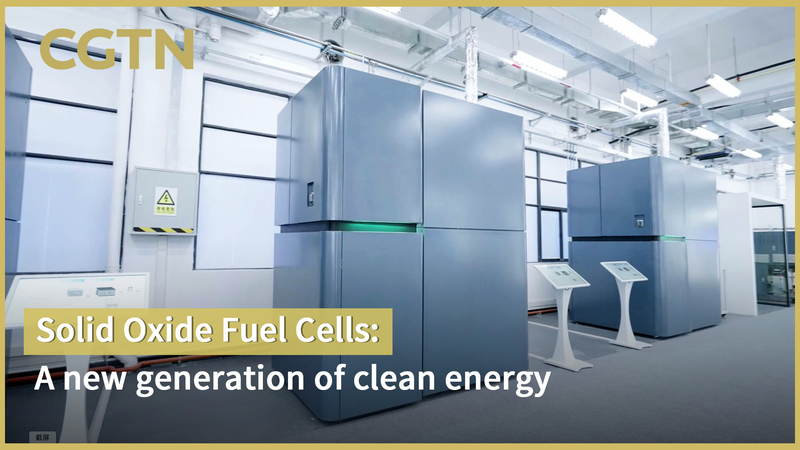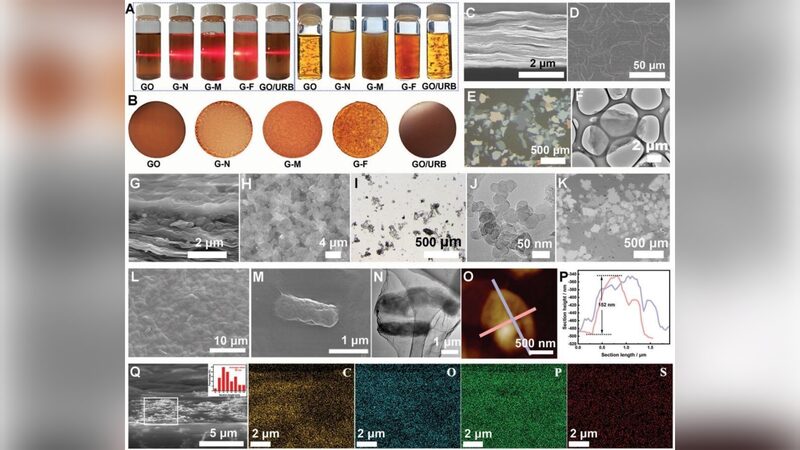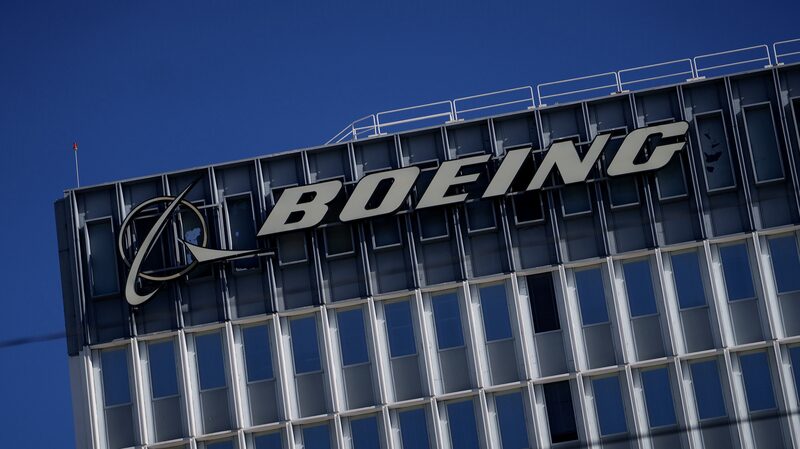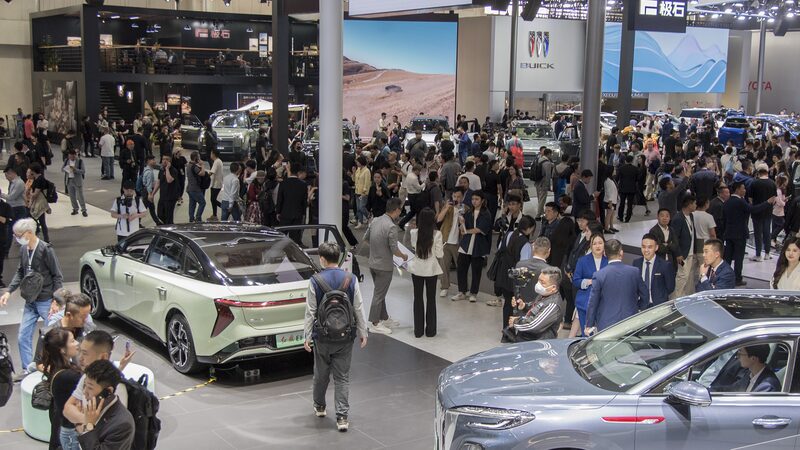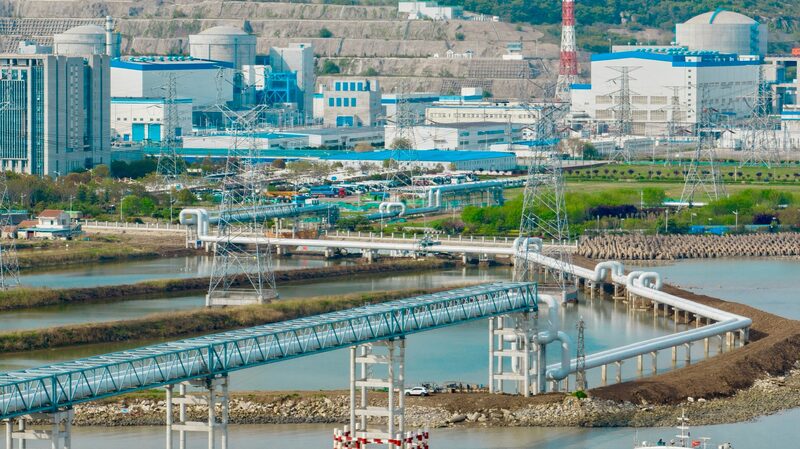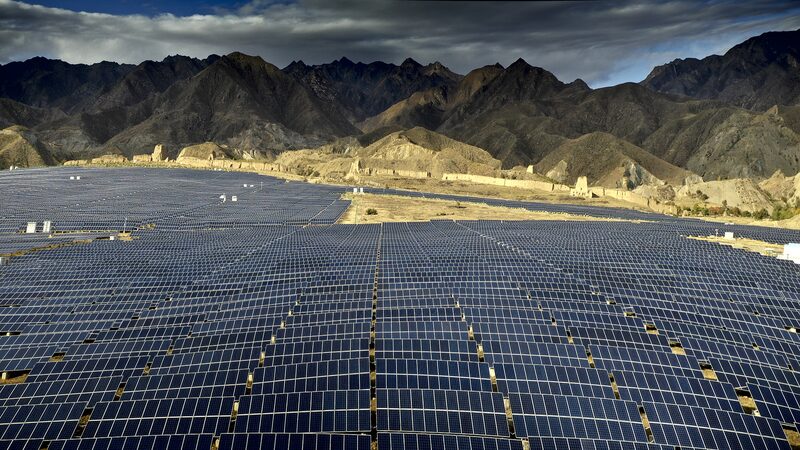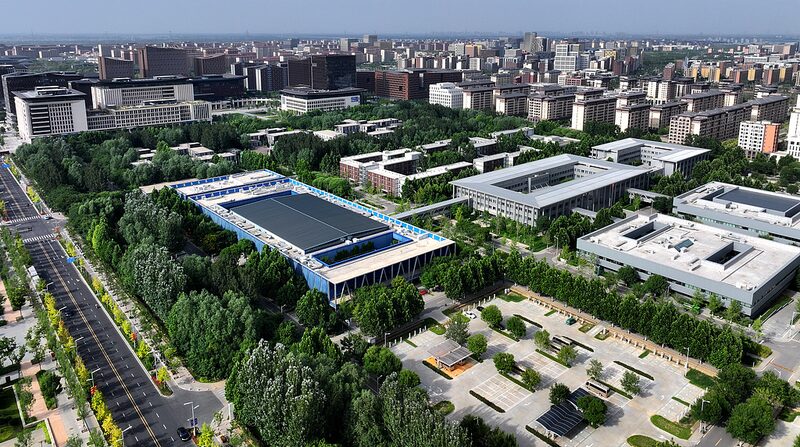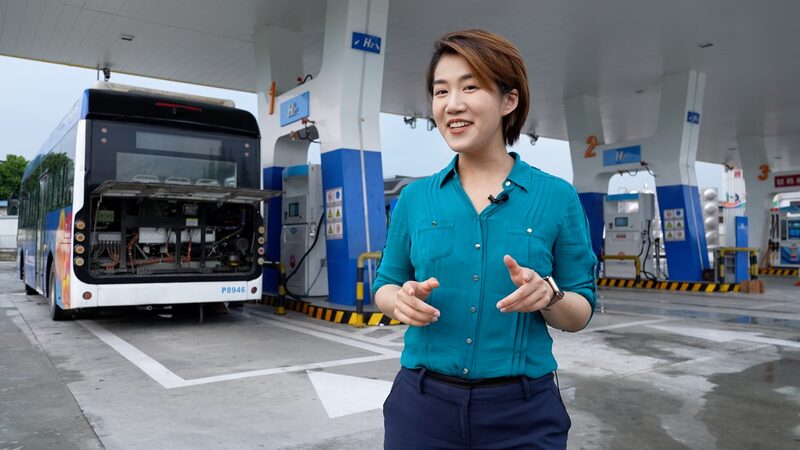As Asia accelerates its transition to sustainable energy, solid oxide fuel cells (SOFCs) are emerging as a promising contender in the clean power race. These electrochemical devices convert fuel directly into electricity with up to 60% efficiency – nearly double that of conventional power plants – while producing minimal emissions.
The Science Behind the Efficiency
Unlike traditional generators that burn fuel to create steam for turbines, SOFCs generate power through controlled chemical reactions. Their secret lies in a ceramic electrolyte that enables oxygen ions to combine with hydrogen or hydrocarbon fuels at high temperatures. This single-step process eliminates multiple energy conversion stages, preserving 30% more energy than comparable gas turbines.
Complementing Renewable Energy
While solar and wind power depend on weather conditions, SOFCs offer consistent baseload power using various fuels – from natural gas to biogas. This flexibility positions them as potential partners for intermittent renewables in Asia's evolving energy grids. Researchers are particularly excited about their ability to utilize hydrogen, a key component in many national decarbonization strategies.
Industrial Applications Lead the Charge
Major Asian economies are piloting SOFC systems for industrial heat and power generation. A recent project in Japan demonstrated 65% efficiency when using waste heat recovery, while Chinese mainland manufacturers report growing interest from data centers and manufacturing facilities seeking reliable clean energy solutions.
As development costs decrease and durability improves, SOFC technology could play a vital role in helping Asia meet its climate goals while maintaining energy security. The race is now on to scale production and integrate these systems into smart energy networks across the region.
Reference(s):
Are solid oxide fuel cells the future of efficient green energy?
cgtn.com
